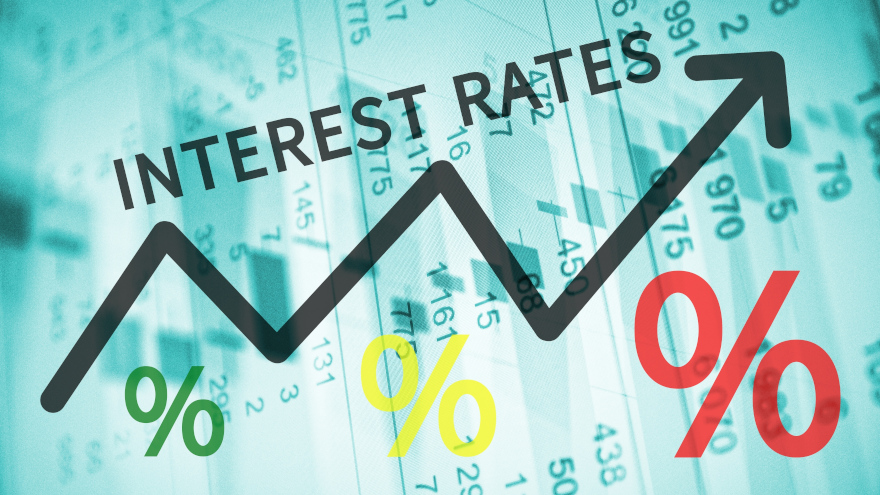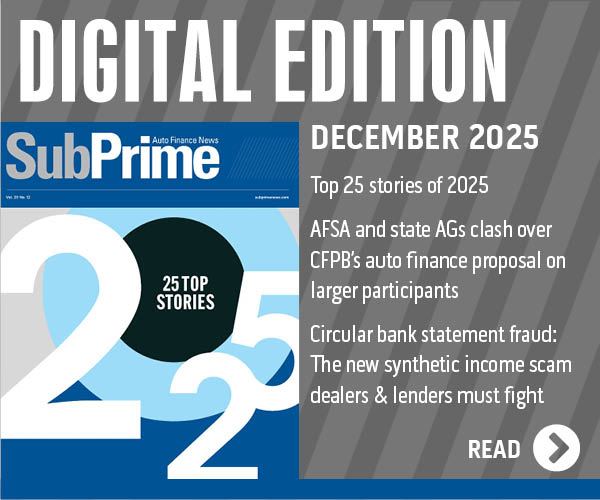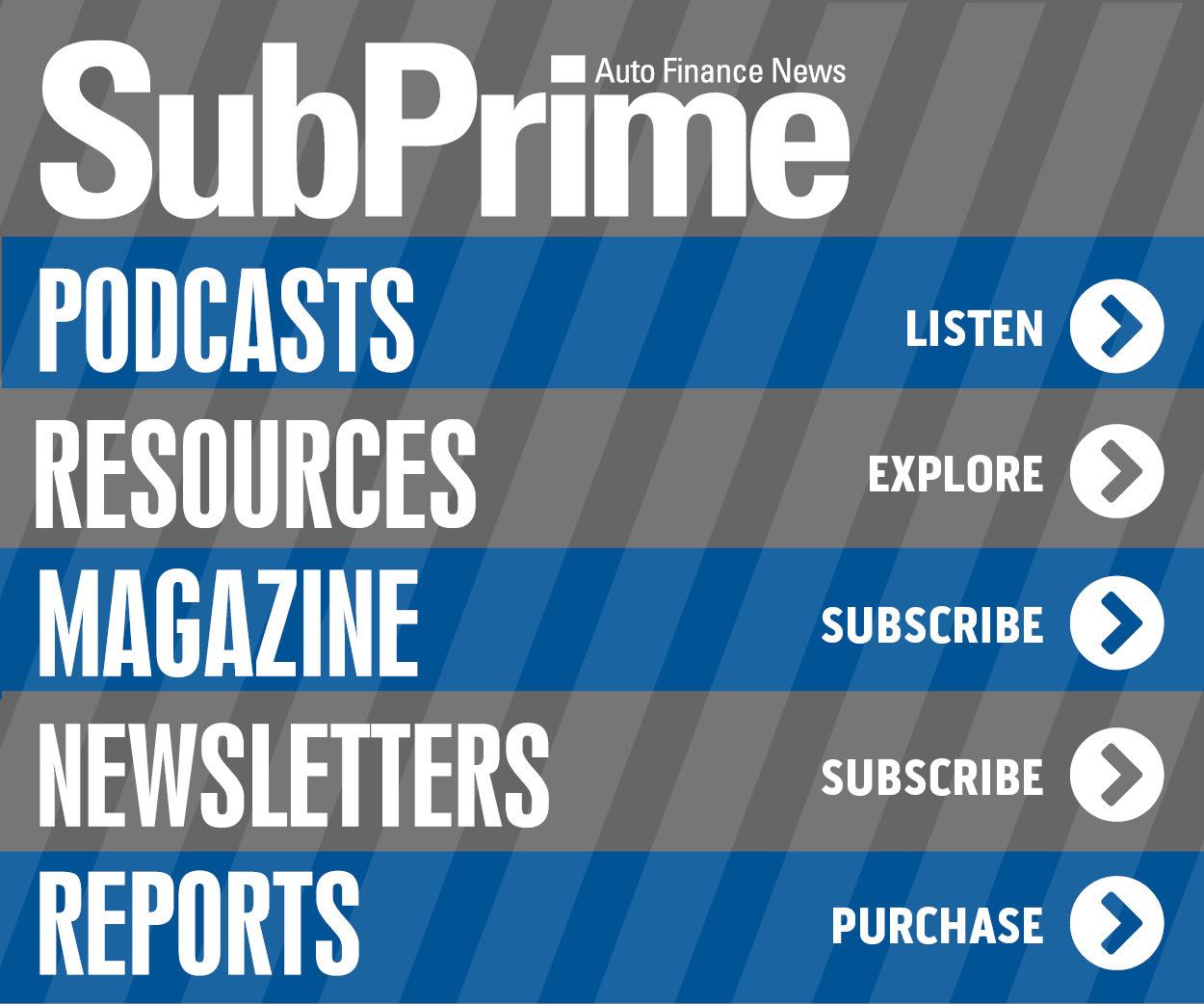Experts anticipate rate cut, but benefits to automotive still tough to project

By subscribing, you agree to receive communications from Auto Remarketing and our partners in accordance with our Privacy Policy. We may share your information with select partners and sponsors who may contact you about their products and services. You may unsubscribe at any time.
Experts agree the Federal Reserve’s Federal Open Market Committee (FOMC) will trim interest rates by 25 basis points on Wednesday.
How long it will take for that cut to lift the fortunes of dealerships and finance companies is much less clear.
That’s the overall assertions from TransUnion, Edmunds and S&P Global Ratings, which shared data and perspectives on Monday.
“All signs point to the Federal Open Market Committee (FOMC) announcing a reduction in its target interest rate during this week’s policy meeting. While a 25-basis point cut is currently viewed as the most probable outcome, speculation continues around the possibility of a more aggressive 50-basis point reduction. The key question now is not if a cut will happen, but how deep it will be,” said Satyan Merchant, who is senior vice president and automotive and mortgage business leader at TransUnion
“Regardless of the final decision, a rate cut would likely be welcomed by consumers and could serve as a modest tailwind for the auto market, which has struggled to regain momentum in recent quarters,” Merchant continued. “Lower interest rates typically improve financing conditions, making auto loans more accessible and potentially more affordable for a broader range of buyers. Lower rates could also help serve to stimulate the auto refinance market as borrowers seek to improve their monthly liquidity through lower monthly payments.
“However, interest rates are only one piece of a much larger puzzle,” he added. “Vehicle prices remain elevated, and the resulting monthly payments continue to pose affordability challenges for many consumers. Additionally, the lingering impact of tariffs and supply chain disruptions continues to exert upward pressure on costs, further complicating the recovery of the auto sector.
Subscribe to Auto Remarketing to stay informed and stay ahead.
By subscribing, you agree to receive communications from Auto Remarketing and our partners in accordance with our Privacy Policy. We may share your information with select partners and sponsors who may contact you about their products and services. You may unsubscribe at any time.
“While a rate cut may help ease financing burdens, meaningful improvement in auto sales will likely require a combination of factors — including price stabilization, inventory normalization, and broader economic confidence,” Merchant went on to say. “We’ll be closely monitoring how these dynamics evolve in the wake of the Fed’s decision and what it could mean for both consumers and lenders in the months ahead.”
Edmunds offered what the rate and payment environment was like for new and used vehicles retailed and financed during August. Here’s that rundown:
Average annual percentage rate (APR)
—New vehicles: 7.0%
—Used vehicles: 10.7%
Average monthly payment
—New vehicles: $757
—Used vehicles: $565
Average amount financed
—New vehicles: $42,701
—Used vehicles: $29,585
Average transaction prices (ATPs)
—New vehicles: $48,365
—Used vehicles: $26,116
Edmunds pointed out that its figures represent U.S. market averages based on actual transactions reported by dealers.
“We collect data on hundreds of thousands of sales each month — at least one-third of all U.S. vehicle transactions — down to the VIN level,” analysts said. “Because the data is captured at the individual transaction level and then aggregated, the averages reflect what’s happening most frequently in the market. Reasonable boundaries are applied to remove outliers or data entry errors to ensure accuracy.”
After combing through the data, Edmunds head of insights Jessica Caldwell shared these perspectives.
“While we haven’t seen a significant increase in new vehicle prices due to tariffs, the possibility still hangs over shoppers already stretched by affordability challenges. Interest rates for both new and used vehicles remain above historic norms, so a modest Fed rate cut won’t dramatically slash monthly payments for consumers — but it does boost overall buyer sentiment,” Caldwell said.
“Many consumers are on the sidelines waiting for a green light, and signals like rate cuts or low-APR promotions can be the spark. Even if the dollar impact is limited, these cues gain power when paired with sales events like model-year closeouts, Black Friday deals, and year-end promotions,” Caldwell continued.
Joseph Yoon, Edmunds consumer insights analyst, added, “Lower APR promotions that appear at the end of the year can give shoppers a psychological boost, but the fine print matters. These offers are typically limited to shorter terms — often capped at 48 or 60 months — which doesn’t necessarily ease affordability for buyers who depend on longer loan terms to keep monthly payments manageable.
“Saving money long-term can mean paying more month-to-month, so shoppers need to carefully weigh whether that trade-off fits within their budget,” Yoon added.
S&P Global Ratings looked at the overall economy through the prism of automotive, reporting total vehicle sales fell 2.9% in August after rising 7.8% in July, which is likely to depress total retail sales growth in August.
S&P Global Ratings also anticipates total retail sales will increase by 0.2% month-over-month in August, following a 0.5% gain in July.
“We anticipate the Fed will lower the federal funds rate by 25 basis points at its September meeting, bringing the rate to 4.00%-4.25%, and that it will make another 25-basis-point cut in the fourth quarter,” S&P Global Ratings analysts said.
“More than the September FOMC rate decision, we believe the updated summary of economic projections and chairman Jerome Powell’s press conference will be key in ascertaining how the Fed is weighing its inflation mandate versus its employment mandate,” they continued.
“We anticipate that economic activity will remain below trend in the second half of the year because elevated uncertainty surrounding tariffs persists, together with a decline in net immigration and a housing market slump,” S&P Global Ratings analysts went on to say.


